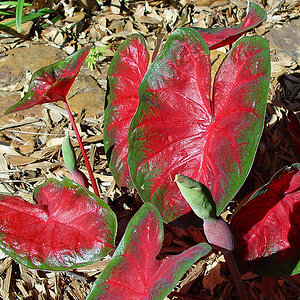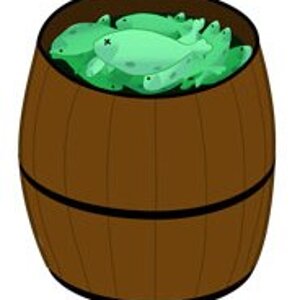jameswilgeroth
TPF Noob!
- Joined
- May 18, 2009
- Messages
- 6
- Reaction score
- 0
- Can others edit my Photos
- Photos NOT OK to edit
Developers tell you how long they last, stop baths come with indicator which tells you when they are bad, but fixers are a bit different.
Is there a general rule of thumb for how long a fixer will last once open (say 1 ltr bottle)?
Also....
How long will unopened fixer remain good?
I understand that a clearing test might solve all of the answers above, but a little built-in knowledge is always useful.
Anybody have any trade secrets or tips?
Thanks
Is there a general rule of thumb for how long a fixer will last once open (say 1 ltr bottle)?
Also....
How long will unopened fixer remain good?
I understand that a clearing test might solve all of the answers above, but a little built-in knowledge is always useful.
Anybody have any trade secrets or tips?
Thanks



![[No title]](/data/xfmg/thumbnail/39/39509-3c2c5856429b4b8ff3cf44cd3b2afa8c.jpg?1619739064)
![[No title]](/data/xfmg/thumbnail/41/41778-1940e957c27e1919c300dfedbc32d1c3.jpg?1619739889)

![[No title]](/data/xfmg/thumbnail/41/41756-e54235f9fba04c8380cd991845bb84b1.jpg?1619739881)



![[No title]](/data/xfmg/thumbnail/35/35666-9f404fab7b896e4ec114160079fa71c6.jpg?1619737090)
![[No title]](/data/xfmg/thumbnail/41/41779-303c41fcb3e37507cbe986d76dbfcf85.jpg?1619739890)
![[No title]](/data/xfmg/thumbnail/41/41781-7dcfd2ee71d4a453b4ad9fb5c7e723f1.jpg?1619739890)
![[No title]](/data/xfmg/thumbnail/30/30885-2764c7a15a288ed06f3903d3a2756832.jpg?1619734497)